One important component for buildings is a vapor barrier. If a property or garage lacks a vapor barrier, moisture, fungi, mold, and mildew can rapidly break down construction materials.
So, did you ever ask yourself how long a vapor barrier lasts? We asked the experts to weigh in and give us answers worth sharing.
Expect the average vapor barrier to last 5 to 10 years. After this time, most barriers begin to break down. Some vapor barriers might last up to 20 years. However, the variance in longevity depends on the material, permeability, environmental factors, and proper installation.
Beyond exploring how long a vapor barrier lasts and why. We'll also cover answers to related questions.
If you have ever wondered about where you need to place a vapor barrier, installation costs, and other queries, read on to learn more!
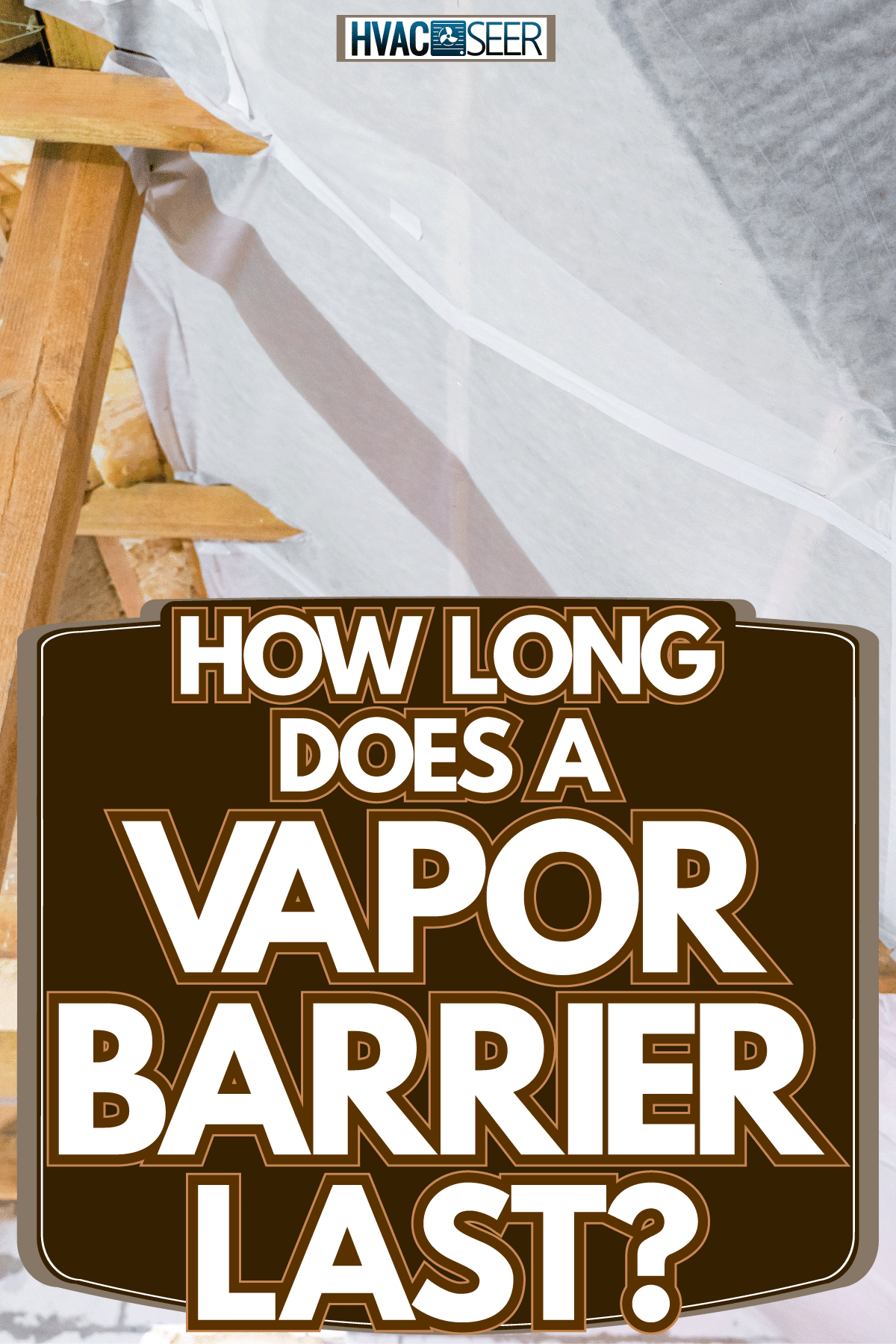
What to Know About Vapor Barriers and Longevity?
Vapor barriers are a bit of a misnomer. In the building industry, a more accurate description of a vapor barrier is a vapor diffusion retarder or VDR.
Different materials get sandwiched between a property's layers, whether for the roof, walls, crawlspace, or even flooring.
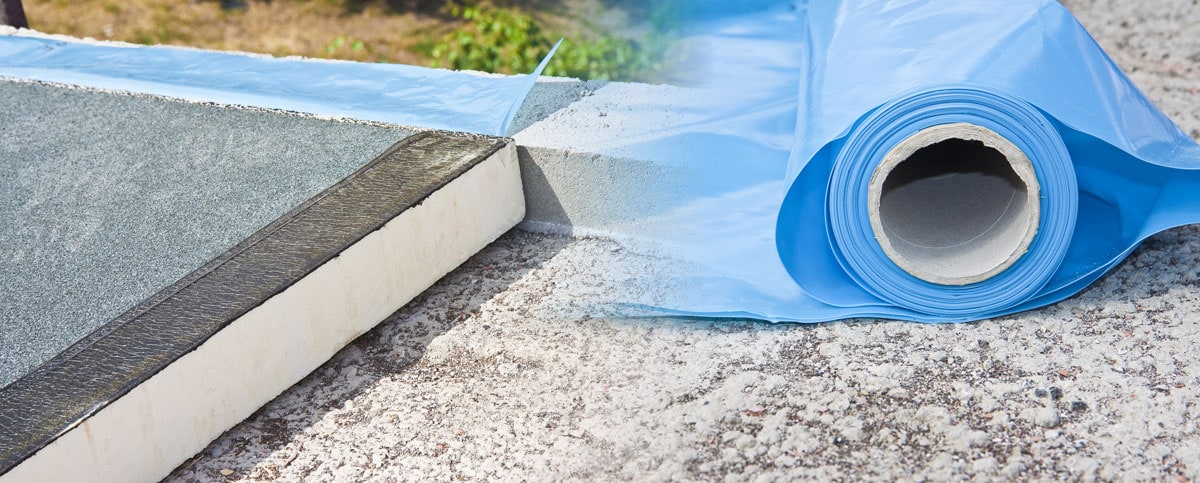
A vapor barrier or VDR doesn't control or regulate airflow between the cavities, walls, and roofing of a building. Instead, this barrier helps regulate the spread of moisture inside and outside of a structure.
Varying materials used as a VDR have differing levels of permeability.
Eventually, all vapor barriers will break down over the years. However, despite their usefulness for controlling the growth and destructiveness of mold, mildew, and fungi, there is one drawback.
Vapor barriers can interfere with or outright prevent moisture that is trapped within spaces from drying out.
Moisture occurs naturally on walls, roofing, and other materials during installation and construction. Vapor barriers or VDRs may reduce condensation buildup on walls in the winter or prevent interiors from getting wet.
However, there may be problems when moisture comes in from outside, humidity inside that gets pulled outside, or structural materials that hold on to water longer than desirable.
Applying products with a higher level of permeability and improving the drying time of construction materials may counter problems with moisture.
Common Types of Vapor Barriers - What Are They?
Most vapor barriers receive a classification depending on their permeability. Barrier material permiability ranges from as little as 0.1 to 10 perms.
Installing vapor barriers or VDRs is a common practice in the building industry to help with moisture control. After all, moisture attracts and feeds mold, mildew, and fungi.
These natural elements attack the structural integrity of a human-made structure, resulting in health problems and visible, invisible damage to walls, flooring, and other areas.
The following are but a handful of different barriers used for residential or commercial properties:
- Sheet metal
- Polyethylene sheet
- Plywood
- Polystyrene [unfaced, expanded, or extruded]
- House wrap
- Cellulose insulation
- Gypsum board
It's possible to erect a building without including a VDR. However, it's usually not something most builders would recommend.
Vapor barriers have proven helpful in controlling moisture in slab foundations, floors, walls, basements, crawlspaces, and ceilings.
Are Vapor Barriers Necessary?
Yes, in more cases than not, vapor barriers are essential. Barriers help improve the longevity and structural integrity of roofs, crawlspaces, basements, walls, and floors.
When construction materials become moist, without a permeable barrier, it might lead to faster development of mold, mildew, and fungi.
Consider different factors that might influence the decision to use or forego vapor barriers in construction.
Pros
Although vapor barriers might lock in moisture and develop mold and rot between walls and floors, they provide some advantages. They can reduce the risk of mold and fungi traveling to interior walls.
Barriers can also prevent damp interior walls, improve energy efficiency, and improve the longevity of plumbing.
Weather patterns, building materials, and the layout of a property will influence the decision to add a vapor barrier. Sometimes, it isn't necessary. Often, the view is it's a beneficial component for structural integrity and health.
Cons
It might be a problem when construction materials get wet and hold onto moisture after installing vapor barriers.
Construction materials that will commonly come into contact with moisture might be an issue that even a VDR cannot easily thwart.
Barriers used on specific materials may quickly rot, collect mold, and degrade because of their nature or environmental factors.
Also, specific spaces in a home, like a finished basement, might not need a vapor barrier. See our post on that topic to learn more.
What Is The Difference Between A Vapor Barrier and a Moisture Barrier?
It's easy to confuse a vapor barrier and a moisture barrier. After all, both elements help control the flow of moisture in structures. However, there is a difference.
A vapor barrier is helpful because it controls water vapor and moisture from traveling from the interior walls to the exterior of a property.
When moisture travels between floors, walls, and even roofing, it can lead to mold, mildew, and rotting structural elements.
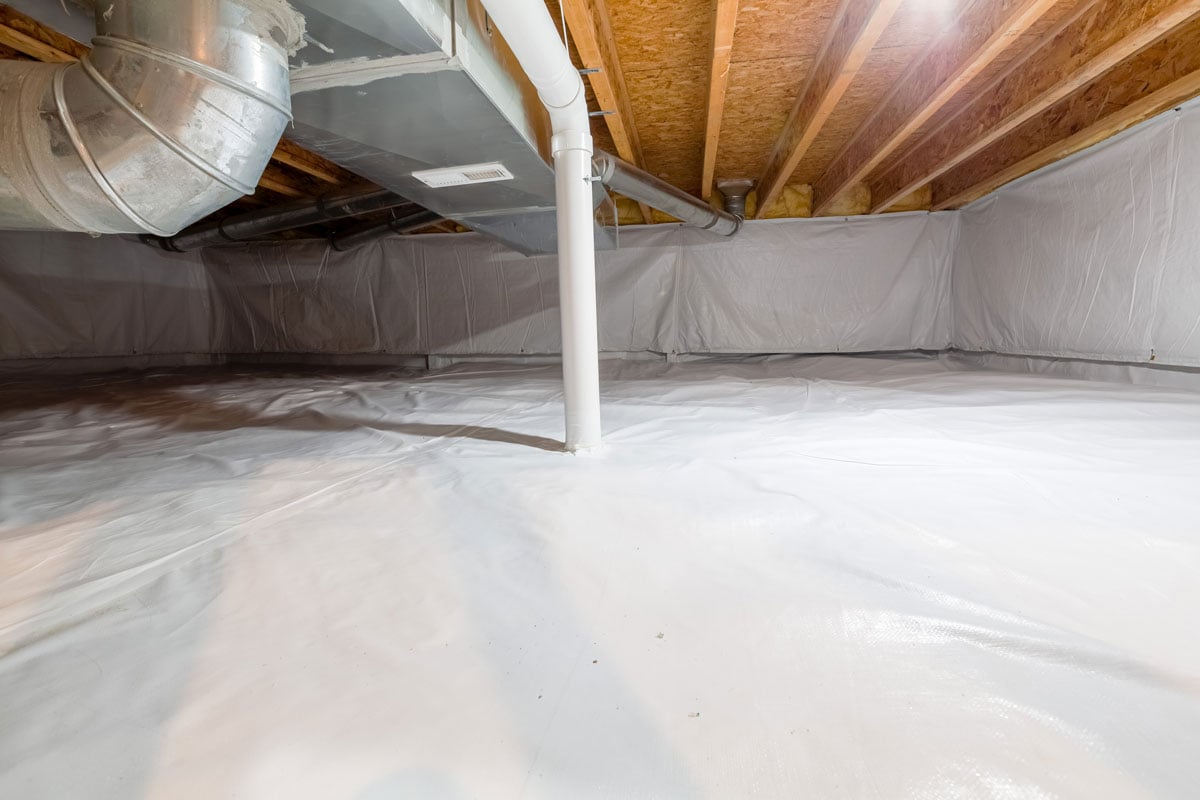
A moisture barrier is useful for blocking water from entering walls and the spaces in between, like bathrooms and kitchens.
Water damage can escalate quickly without proper barriers and corrode vital plumbing and other areas.
However, vapor barriers focus on protecting the thermal insulation of a property, whether from condensation in winter or humidity in summer. Despite being used interchangeably, they are not the same.
Check out this underlayment and barrier for flooring on Amazon.
Do Vapor Barriers Trap Moisture?
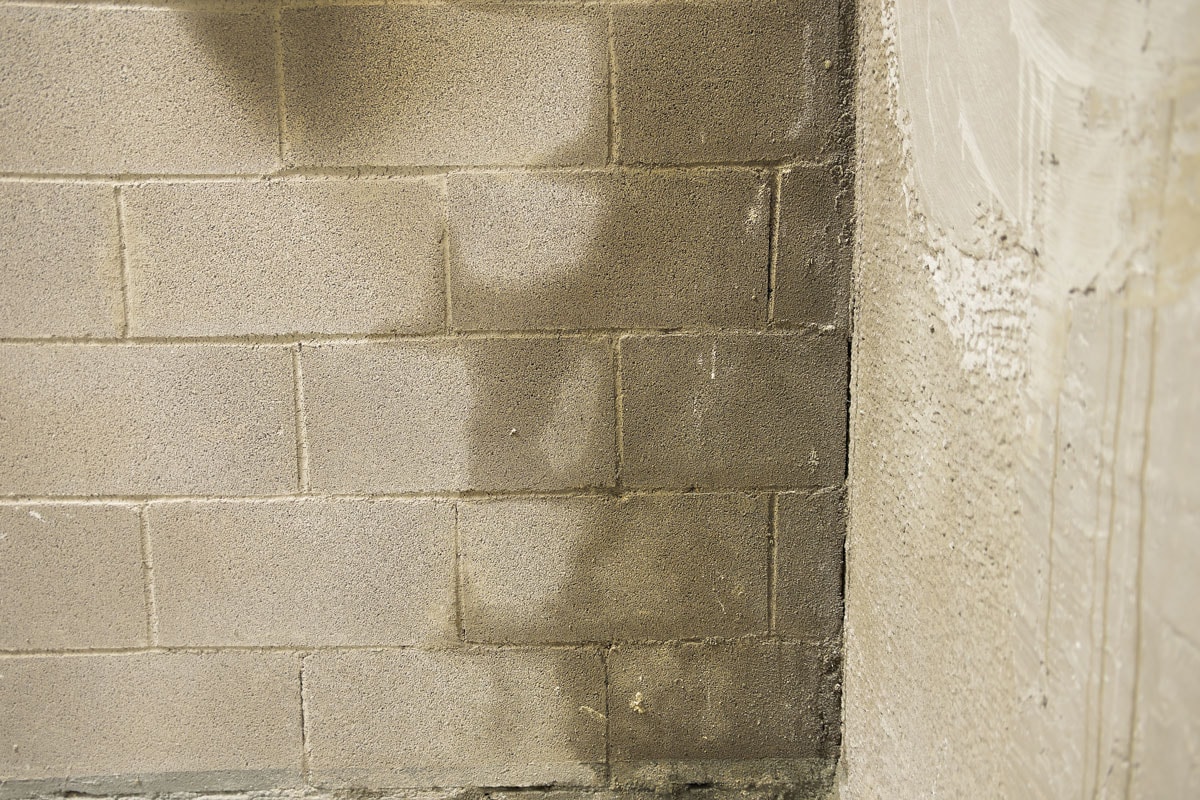
Yes, it is possible for vapor barriers to trap moisture. Typically, vapor barriers are placed on the warm side of a structure's interior walls to prevent excess moisture buildup and consequential damage.
However, because barriers can get wet, they can rot and develop mold growth.
How Often Should A Vapor Barrier Be Replaced?
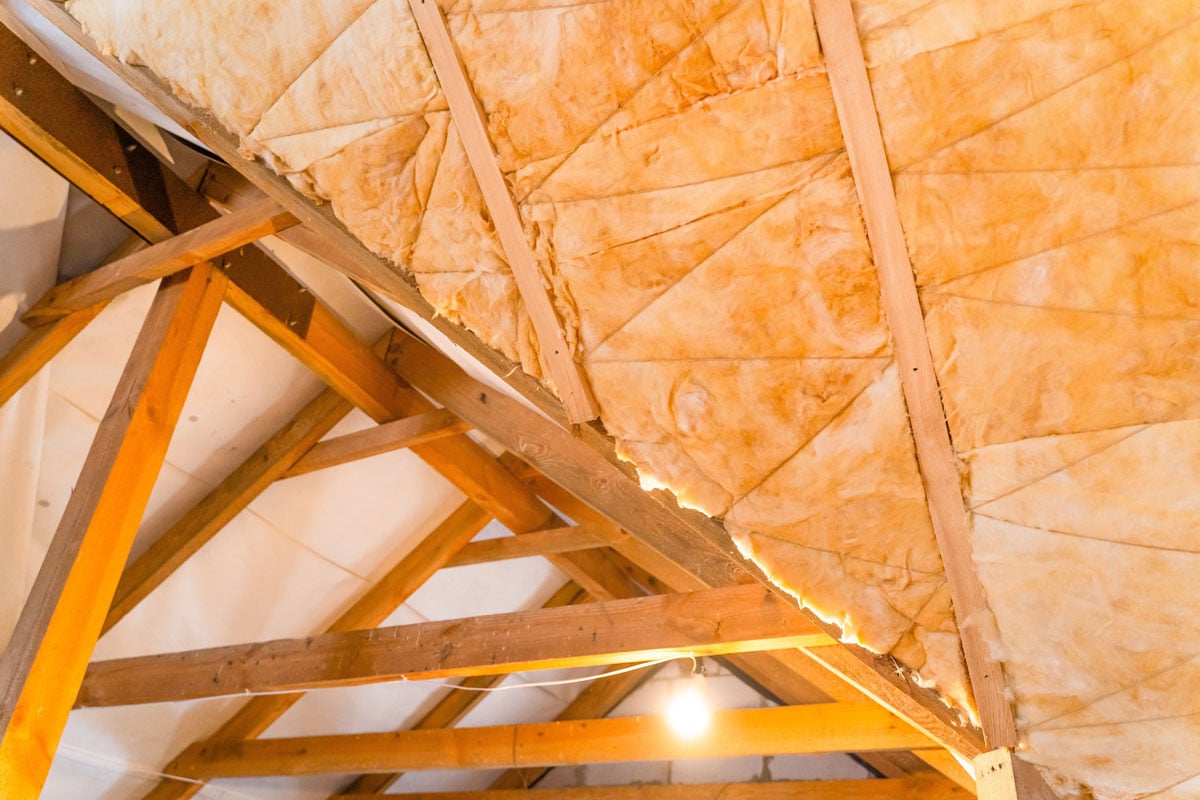
It may need replacing after as little as 5 to 10 years, depending on its construction and age.
Also, there are signs that it's likely time to replace your vapor barrier. Consider the following:
- There are frequent problems with pests or an infestation in the crawlspace or other areas.
- The barrier was installed improperly or isn't up to code.
- There is an issue with water damage, sightings of mold, fungi, mildew, and odors wafting about.
It's wise to get familiar with the type of vapor barrier used for your home's flooring, walls, and crawlspaces. If it seems like it's time to replace the vapor barrier, don't delay.
Check out this foil-type vapor barrier on Amazon.
Can I Put A New Vapor Barrier Over Old?
Yes and no. If your older vapor barrier is still in relatively good condition and isn't crumbling or chock full of mold and moisture, you can place a new barrier over it.
However, you risk moisture and mold growth developing between the two barriers. In some instances, remove the old barrier and give your home a fresh start with a new vapor barrier.
Can You Fix A Vapor Barrier?
Yes. If you discover small holes or tears in a vapor barrier, you can usually apply a bit of tape and get along fine. However, if the vapor barrier is severely compromised, you are better off replacing it.
Check out this vapor barrier tape on Amazon.
How Much Does It Cost To Fix A Vapor Barrier?
Unless you feel comfortable with a DIY repair, removal, or installation of vapor barrier, hire professionals. The cost of vapor barrier will run about 50 cents a square foot.
Rolls of plastic polyethylene sheeting may cost 5 to 20 cents per square foot.
Depending on the type of barrier and supplies you need, the location, and whether you hire help or DIY, you might end up spending a few hundred or thousands of dollars.
If the repair is simple and small, you can fix a barrier with a bit of house wrap tape for $10 to $60.
As long as your barrier is dry when repairing, a sheathing tape may prove helpful for repairs.
Check out this sheathing tape on Amazon.
Can You Put A Vapor Barrier On Both Sides Of Insulation?
A vapor barrier works best if it can dry out and send unwanted moisture away from structural elements.
So, a vapor barrier on both sides of any insulation would defeat the purpose and increase the risk of moisture retention.
Place a VDR or barrier on only one side of the insulation. Ideally, install it closer to the interior for moisture to leave toward the exterior.
Do Vapor Barriers Cause Mold?

Vapor barriers or VDRs do not inherently cause mold. Building materials outside of barriers can become wet during construction and lock onto moisture, eventually developing mold.
Also, there are various reasons moisture might build up within a structure and cause mold.
However, vapor barriers can develop mold and rot if they become wet and cannot dry.
In Conclusion

We hope you leave with a clearer understanding of vapor barriers, their average lifespan, and why they are vital to buildings.
Compared to moisture barriers, vapor barriers help stave off damage to buildings caused by built-up moisture, mold, fungi, and mildew.
Did you like what you just read? If so, discover more helpful information from the following posts!

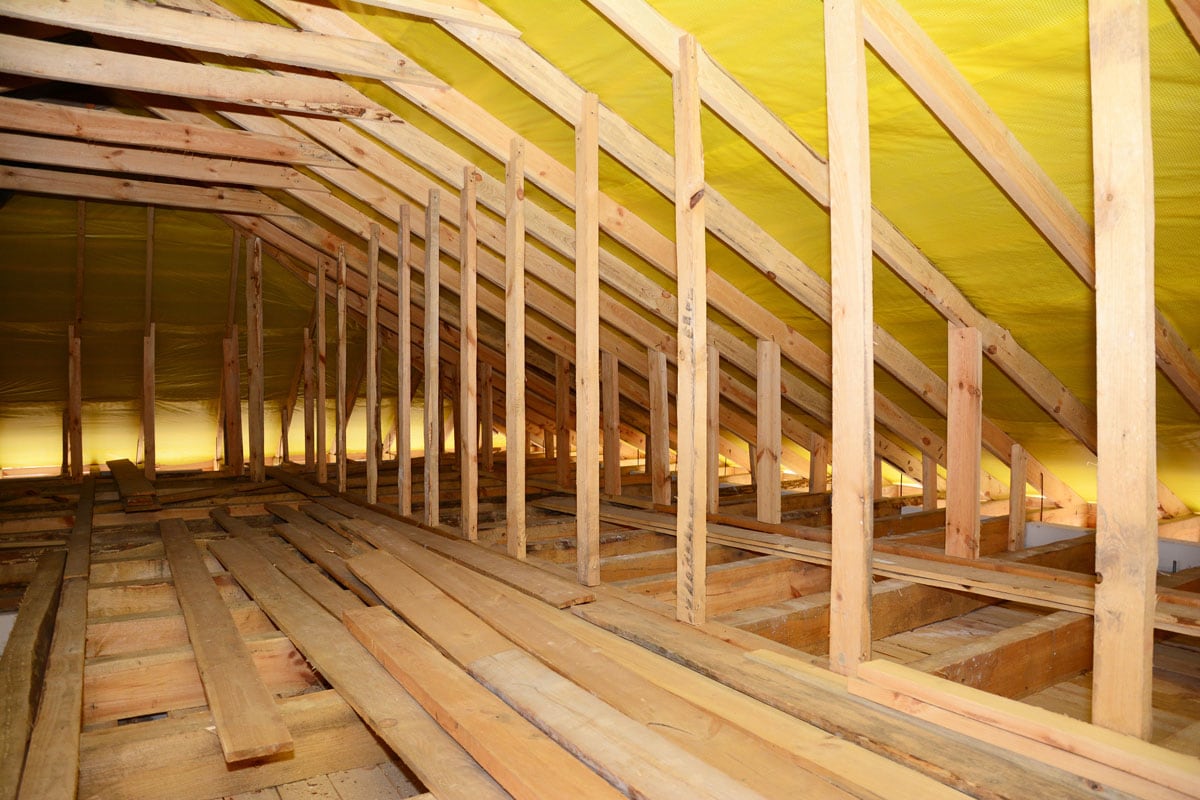




Great article. Vapor barriers go hand in hand with attic insulations. It’s often overlooked by homeowners.